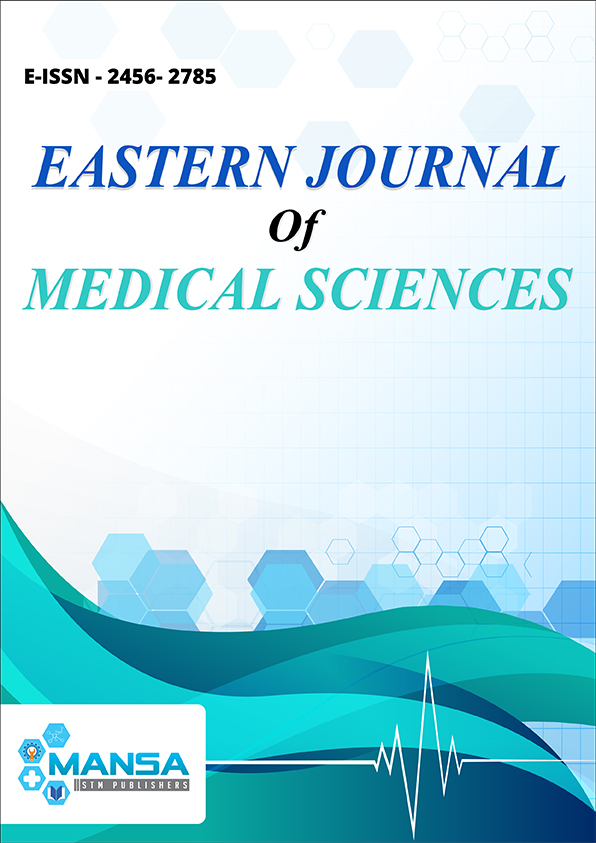Comparative evaluation of the fit of ceramic inlay restorations fabricated with heat-press technique and CAD/CAM systems: A preliminary study
DOI:
https://doi.org/10.32677/EJMS.2018.v03.i03.005Keywords:
CAD/CAM, inlay, marginal fit, internal fit.Abstract
Objective: The objective of this in-vitro study was to evaluate the marginal and internal fit of a lithium disilicate inlays fabricated by two CAD/CAM systems (extra-oral and intra-oral scanning), and conventional heat-press technique. Materials and methods: Mandibular first molars were used for inlay restorations in a typodont model. Three groups (n=12 each) of inlays were fabricated by Computer Aided Design/ Computer Aided Manufacturing (CAD/CAM) technology using intraoral and extraoral scanning devices, and conventional heat-press method. Replica technique was used to assess the discrepancies. Internal and marginal gaps were measured at 4 points on each side with stereomicroscope at 200x magnification. One-way variance analysis test (ANOVA) and paired-samples t-test were used for analyzing the results. Results: The fit values were statistically significantly influenced by the production method in total discrepancy comparisons (p= .000). Intraoral scanner group demonstrated the lowest marginal and internal gap values whereas conventional heat-press group showed the highest results. Statistically significant differences were found for fit values with respect to the groups (p<.001). Conclusion: Within the limitations of the study, restorations fabricated via complete digital workflow demonstrated better marginal and internal accuracy than silicone impressions with conventional heat-press technique.?
Downloads
Downloads
Published
Issue
Section
License

This work is licensed under a Creative Commons Attribution-NonCommercial-NoDerivatives 4.0 International License.

